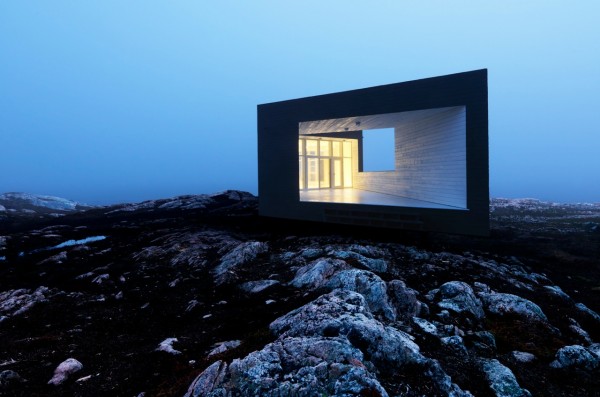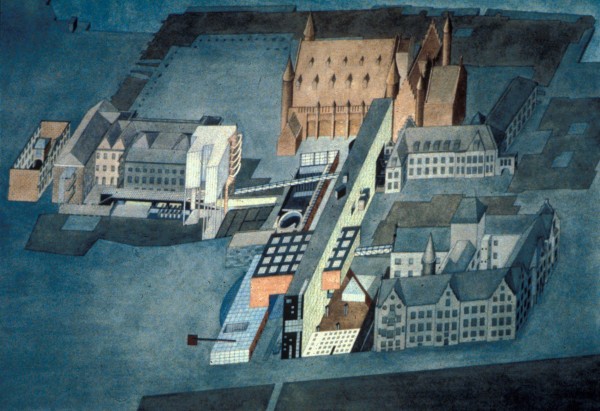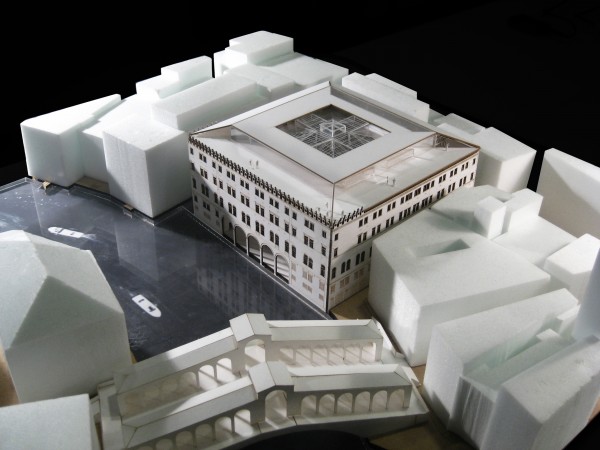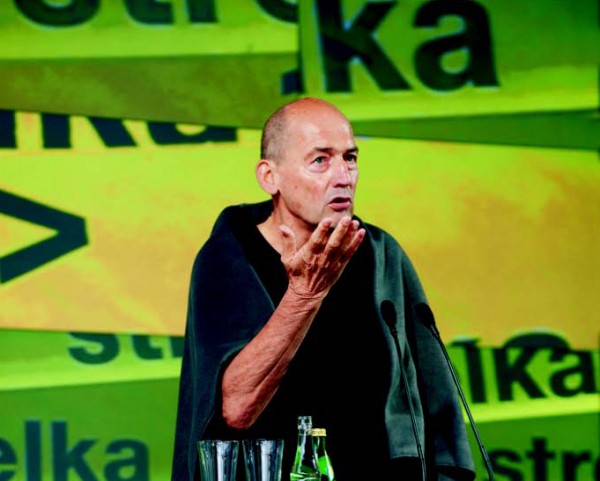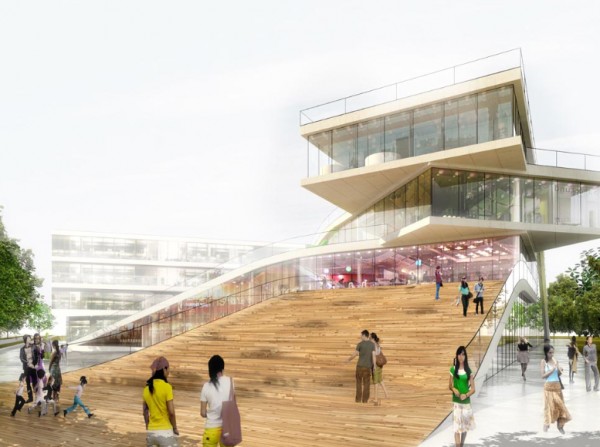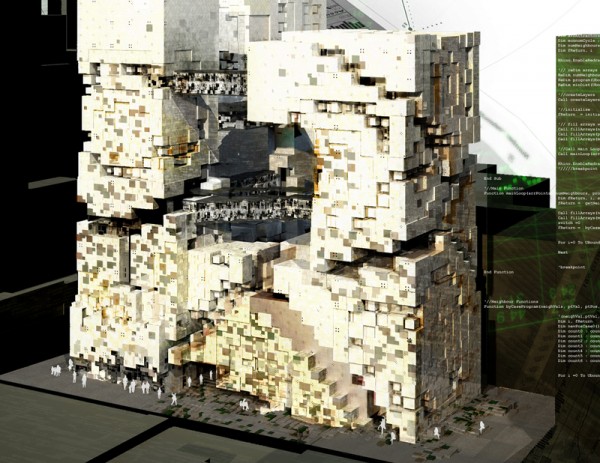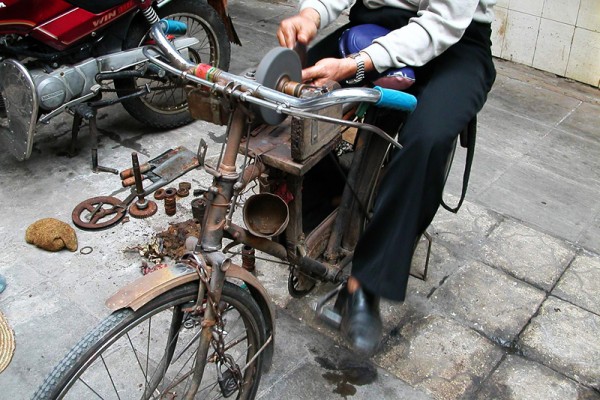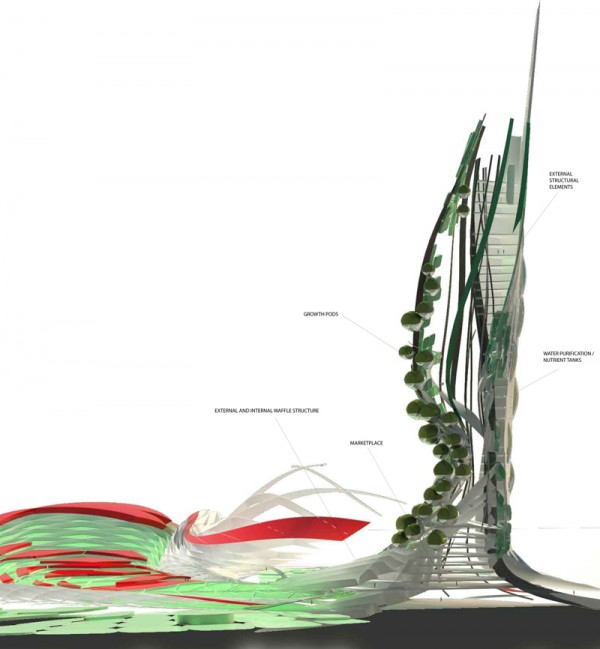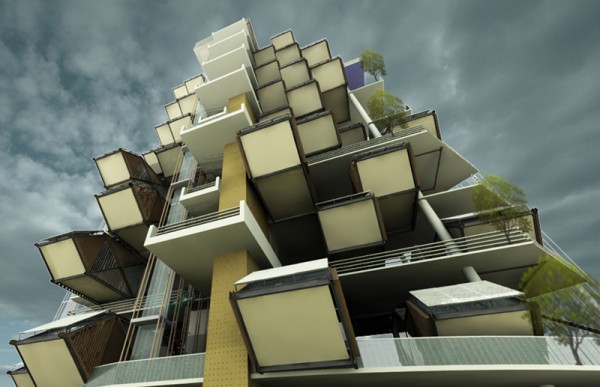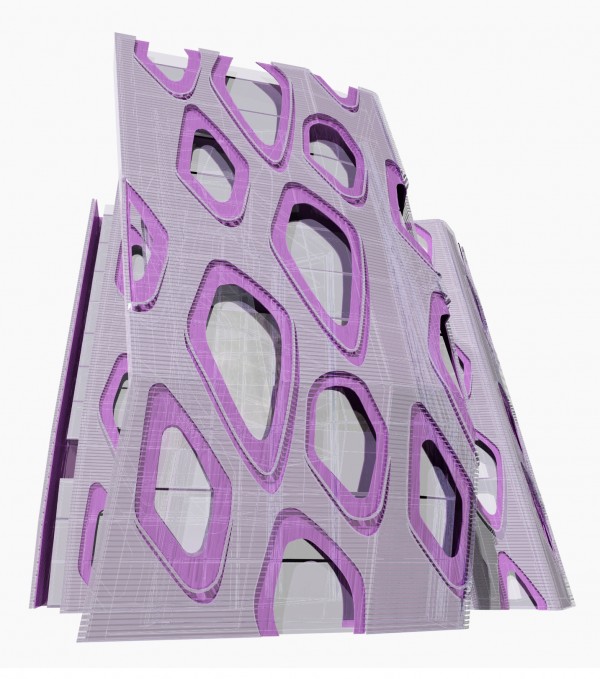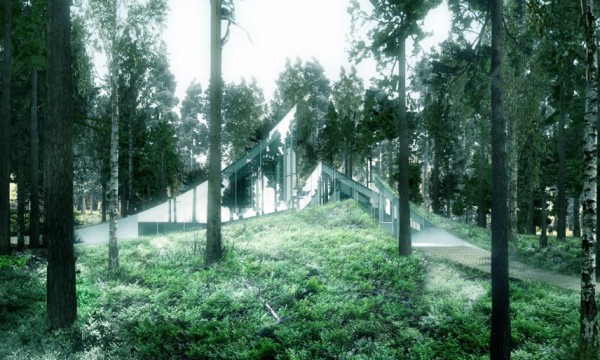Fogo Island lies outside of Newfoundland, Canada and is home to a gentle, independent people who have lived for centuries between wind and waves in pursuit of fish. Fogo Islanders live in the untamed landscape of the North Atlantic. The people are subtle and unpretentious yet have seen their traditional way of life by threatened by forces largely beyond their control.
Fogo Island is an elemental place of subtle and abiding beauty – a place where time is not obliterated by the circulation of everything. Its people are inextricably bound to this place where they belong. They are a culturally rich and resourceful people who live in close connection with each other and with their people who have come before.
The Shorefast Foundation works with the people of Fogo Island to find ways to preserve this special place and this special culture. We have chosen to find new paths by leading with the arts. We want to create structures that respect where we’ve come from and dignify this landscape that is so fragile yet so fearsome. We want structures that touch our imaginations and help maintain a connection between our past and our future.
The following 3 buildings are a selection of a number of artist studios designed by Saunders Architecture for the Shorefast Foundation on Fogo Island, Newfoundland, Canada. The project is the basis for an Arts Residency Program starting in 2010. Studios will be built in remote settings on Fogo Island and traditional Newfoundland homes in various communities will be restored to become artists’ residences.
The idea behind the forms of the various studios was to create a bold geometric structure to starkly contrast, yet lay silently in the striking natural environment. The studios are all oriented towards the sea and elevated above the ground to provide the resident artist with a feeling of being unobstructed and unbound. The materials and construction methods chosen reflect that of the local architecture of Fogo Island. The environment will leave its marks on the studios by weathering the structures over time. Read the rest of this entry »

